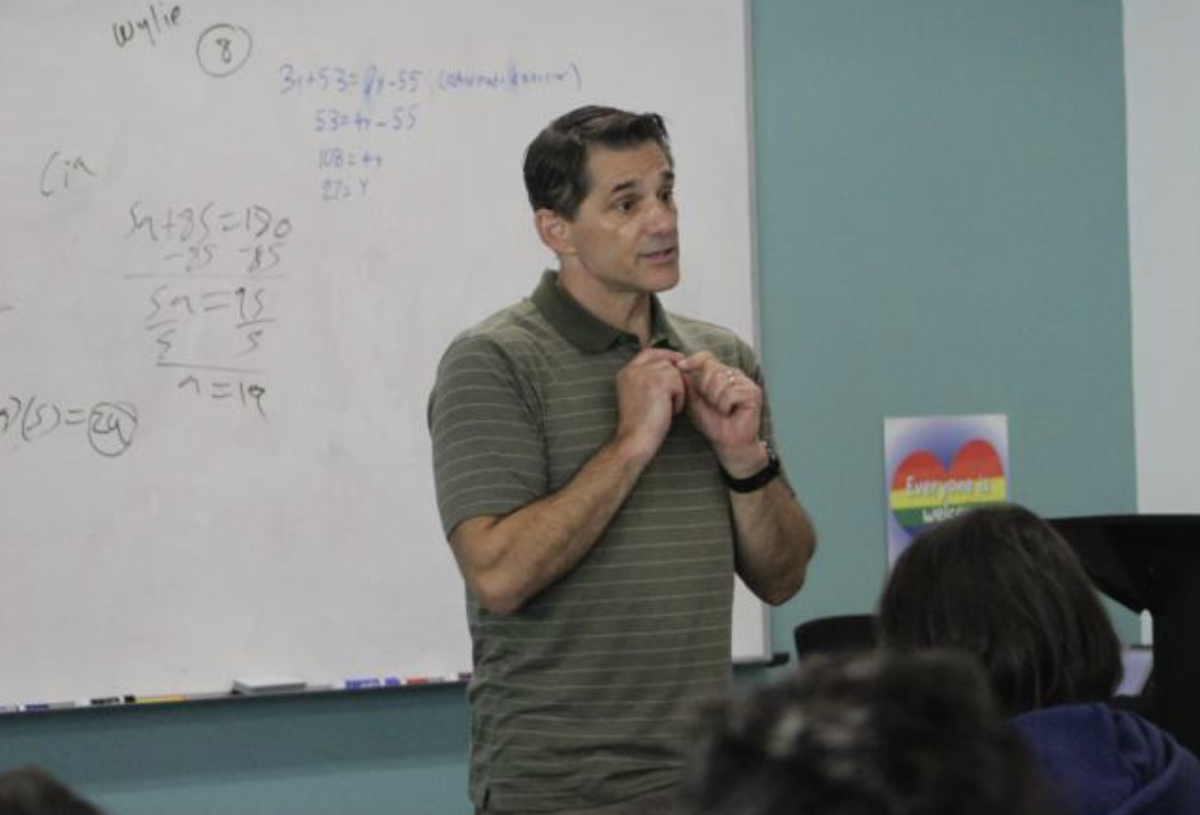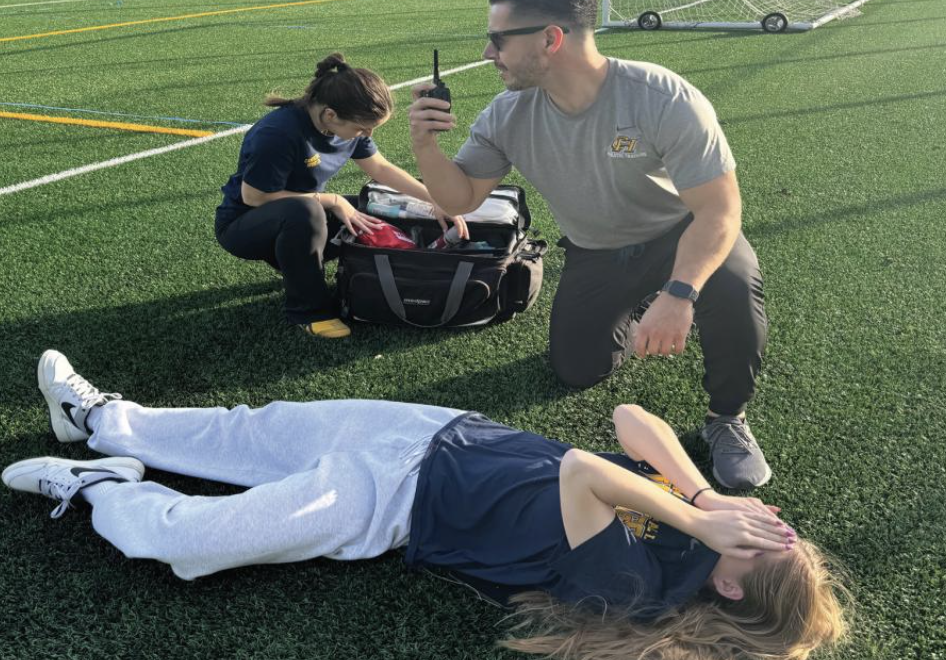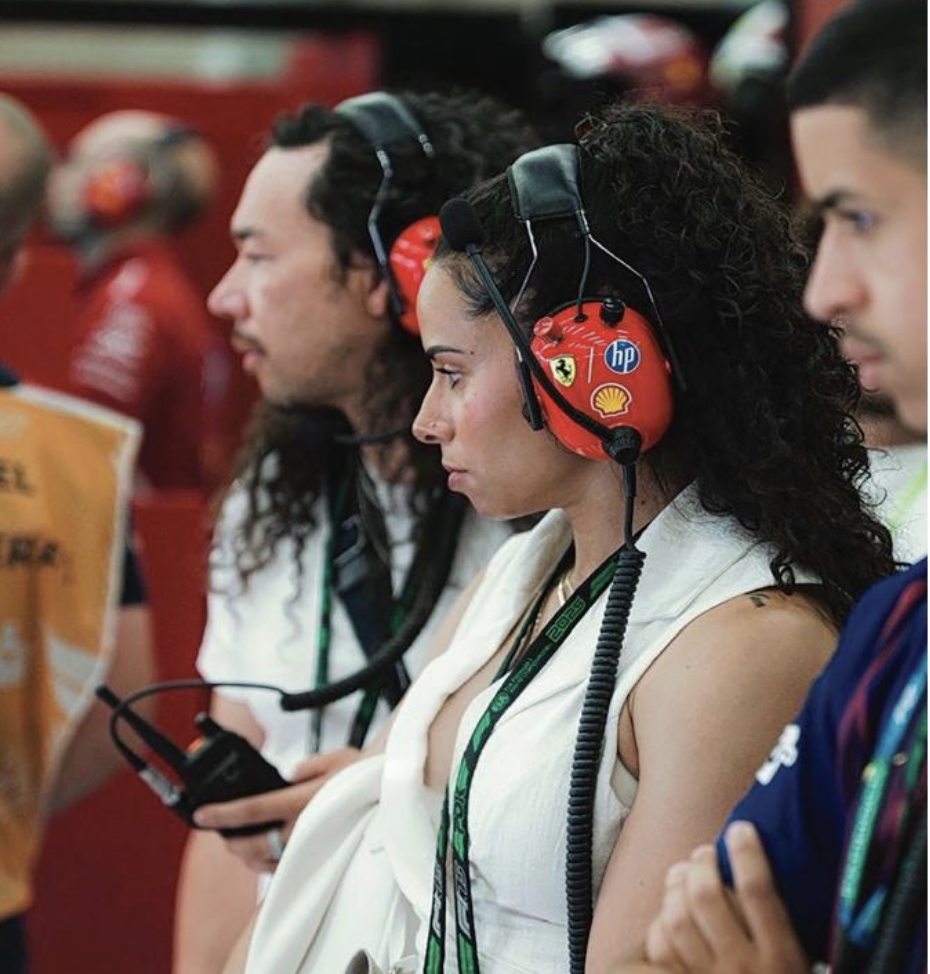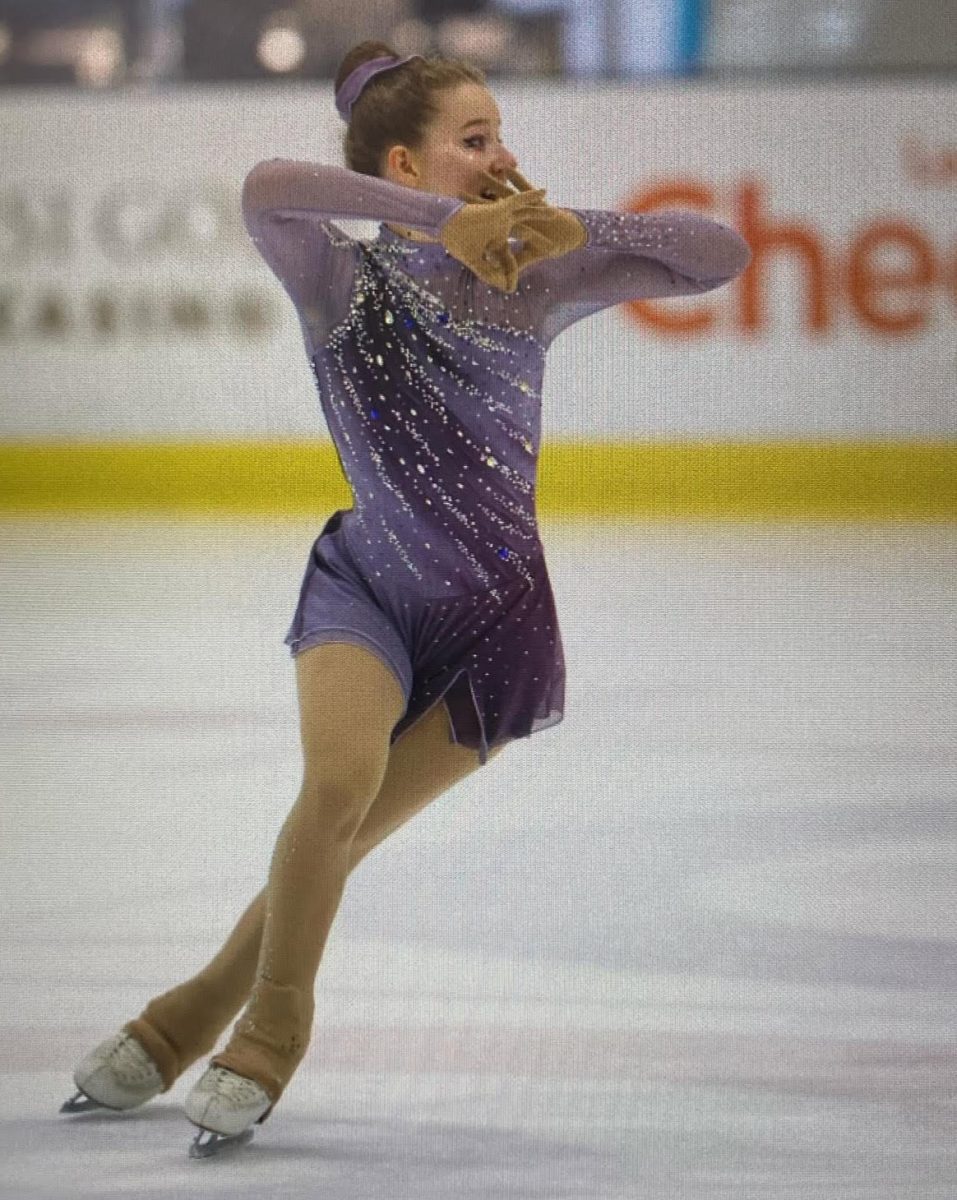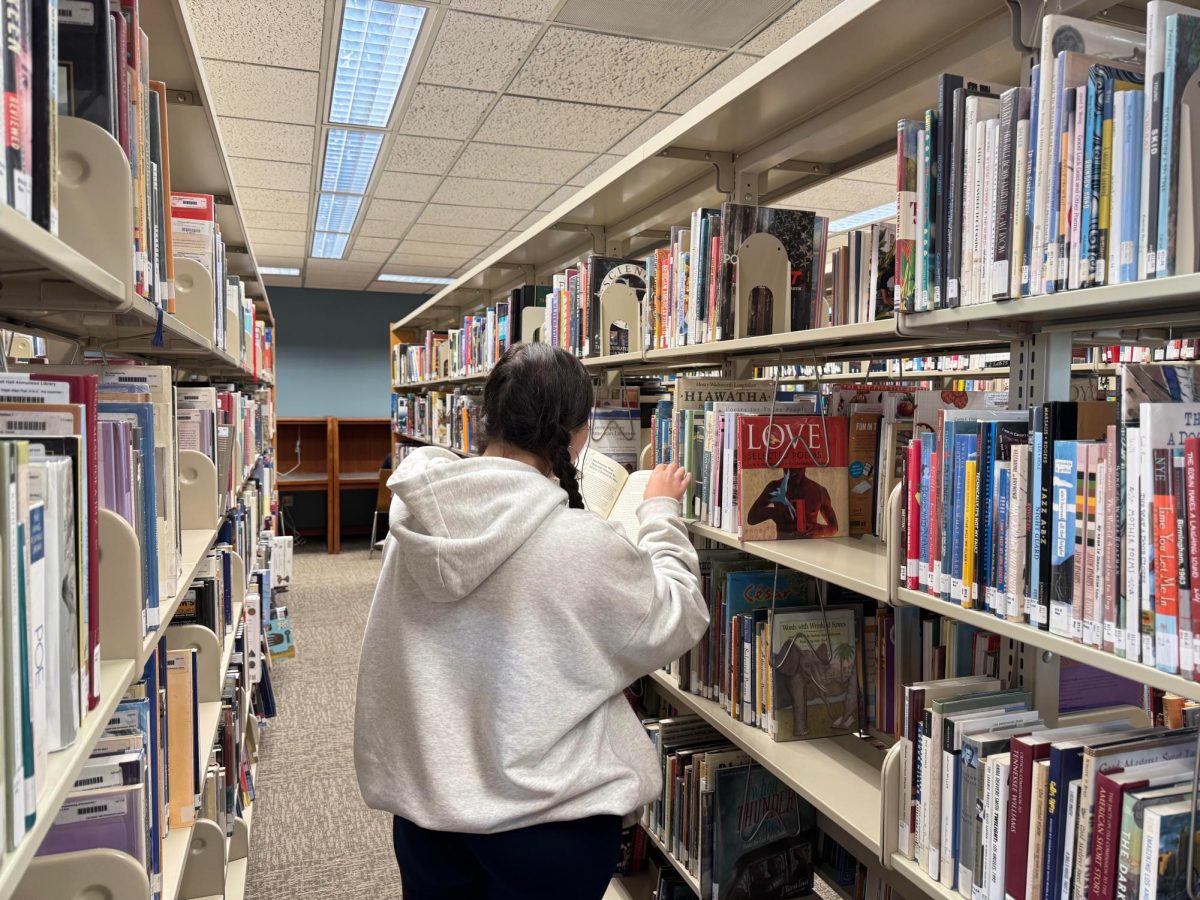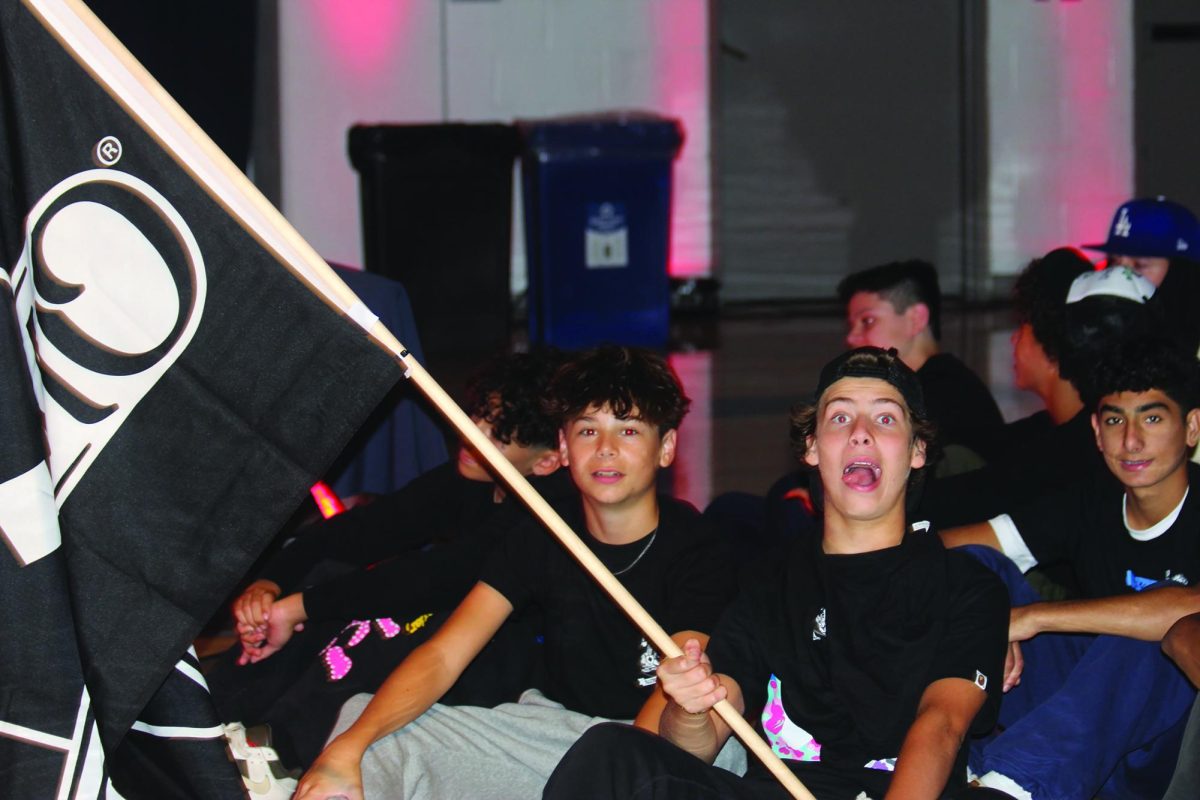After 248 students’ names have been sorted, only one remains. The student anxiously walks up to the podium, awaiting his house sorting. Will he be Isibindi, Alturismo, Amistad, or Reveur? The students stomp and chant from the bleachers, filling Garver Gym with electric energy. The final name is revealed, the gym falling silent for a brief moment before the students erupt in pandemonium, screaming with delight for their fellow classmate.
When Middle School Principal Kasiopa Watts arrived at Campbell Hall three years ago, she saw a desperate need for connection and a sense of belonging among the middle school students after the pandemic. After visiting Ron Clark Academy in Georgia, she discovered a Harry Potter-style house system, where each student is sorted into one of four houses. Seeing this sense of community and student connection, Watts decided one of her new additions as principal would be to implement this house system of school spirit.
“Each house has their own special characteristics–they have a shield, an animal, and a crest,” Watts said. “We have house competitions, where students are earning points for their houses and classes. If [a student] answers a really great question or if they are caught doing something random and beautiful, they get a house point. I wanted to lock in core memories in middle school. High schoolers have so much stress with [preparing] for college, so I wanted something really fun and lasting with middle school. And hopefully people will never forget their house and how it [connected] it made them feel.”
According to Robbie C’s November 2016 article for The Medium, house systems are essential in teaching healthy competition and the importance of working as a team. The house system doesn’t just build school spirit, it provides an opportunity for teamwork and unity, being designed to provide a community for students to rely on and a place to motivate each other. Seventh graders gain guidance and support from older peers, while the eighth graders develop leadership and responsibility through mentorship.
Beth Oliver, middle school office manager, sponsors the middle school student council and has witnessed the house system through each phase of its development. After three years, the house system has slowly become an integral part of the middle school community, and Oliver believes that it will only continue to grow.
“We’ve got a lot more excitement from the seventh graders, and the eighth graders have begun mentoring them as well,” Oliver said. “They’re more excited about [which house is] going to win, since there’s two different house winners from year one and year two. Now that we have the houses by [their] advisory group, we have more participation. We joke about our competitions, and we hype up the kids too. We see where it’s going, and we see the possibilities for the students to connect with each other within the house system.”
Parker Curry ‘28, former middle school student council member remembers the excitement and improvement that the houses added to the community. Curry found the house system as a way the community connected through numerous games and activities. She felt that when she was in seventh grade the house system gave her the opportunity to meet the eighth graders and create a relationship with the grade above. Curry believes that the house system allowed her to branch out of her comfort zone into participating more actively in the community.
“Throughout the years of middle school, we started doing more [bonding] activities, [which there were a lot] less of when I was in seventh grade [compared] to when I was in eighth grade,” Curry said. “The house system allowed me to branch out and meet new people, and also gain confidence to participate in the house games.”
Similarly to Curry, Avery Thompson ‘28, recalls the house system as a strong facet of the middle school community. While Thompson is an active member of various after-school activities such as volleyball and dance. She found that the house system allowed her to bond with students that she doesn’t interact with through sports or classes. Additionally, Thompson believes that the middle school community was more unified than the high school because the house systems gave an opportunity for eighth graders to bond with the new seventh graders.
“The competition made me closer with a lot of people in my house, especially the seventh graders,” Thompson said. “I think that a lot of the [highschool] upperclassmen aren’t super [welcoming] to lowerclassmen, [and] I know people in the [highschool] might feel excluded or ostracized, but maybe it’s that we’re not as connected as the [middle school].”


